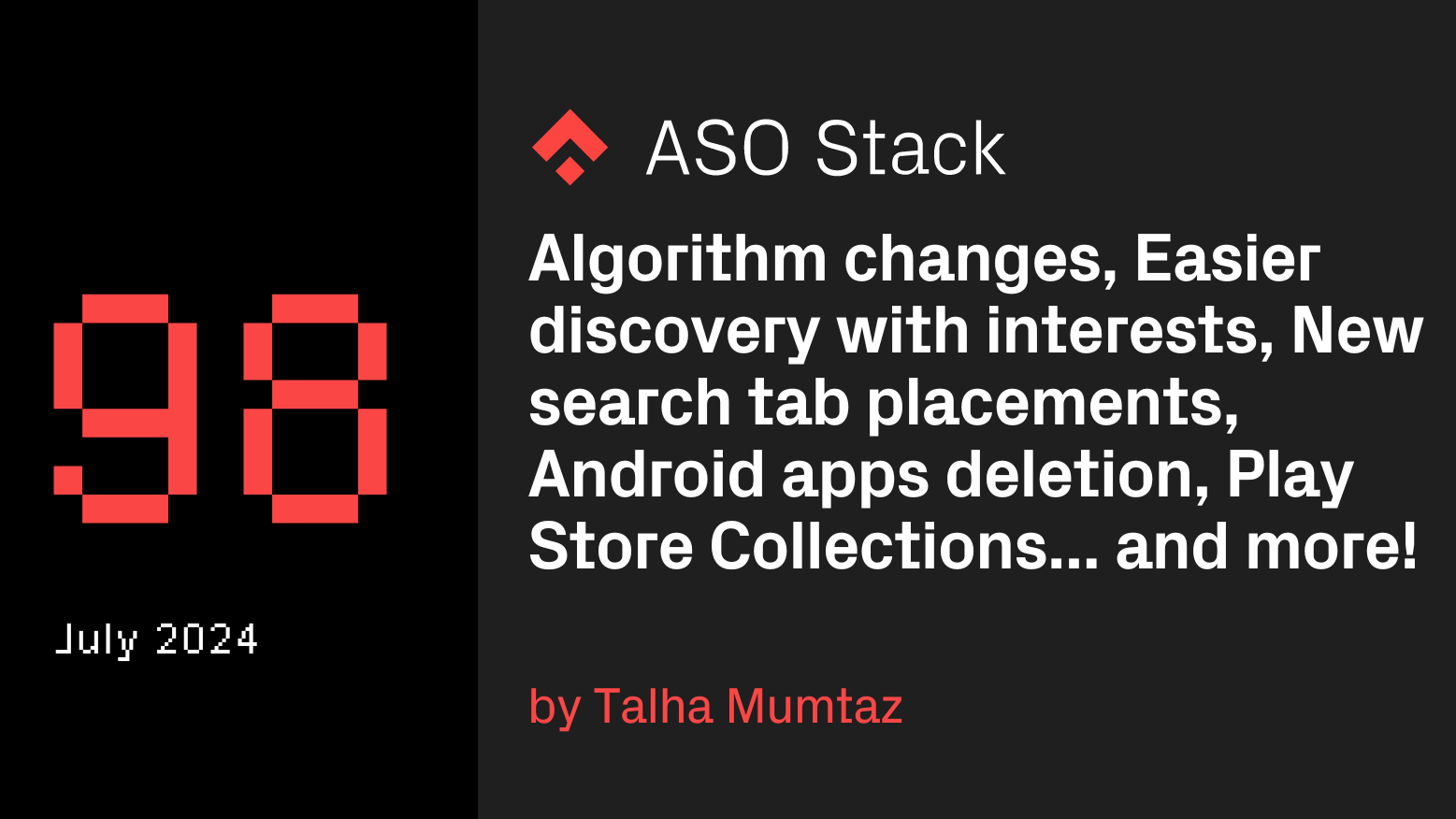
The question and answer session at this year’s ASO Conference was one of the highlights, with members of the ASO Community posing questions to the team here at Phiture. Although we fielded a variety of questions there was one topic in particular that saw the most airtime, localization.
It is becoming increasingly clear to ASO professionals that by only appealing to English-speaking markets, opportunities are being missed with countless other markets also converting at high rates. With this in mind, here we present the top five asked questions we answered at the conference, with the top three all concerning localization.
1. My app is only localized for en-US but I’m worried that I’ll lose installs if I open up multiple listings. What should I do?
The short answer here is: don’t be scared! If your app is already converting successfully, albeit in one market only, imagine how successful your app could be if you started targeting users in different countries. Localization allows one to conduct research on the resepective market and use this information to directly appeal to a certain audience.
Let’s take France, for example. If the user searches for a generic keyword such as “food delivery” and the search results only show apps in English, would they really feel inclined to open up each product page and decide whether or not the app is for them? Comparatively, if they search for “livraison de nourriture” (food delivery) and see a set of screenshots that have been localized to showcase french food and french street names, they’d already identify the value in downloading the app and would be a lot more likely to convert.
2. What should my product page creatives look like, say, in France, where I want to have a localized store listing, but my app is not localized?
This is where it starts to get tricky as ASO best practice tells us that our product page listing needs to be aligned with the app itself. If the facade of the product page leads us to believe that the app will do something other than what it can actually do, the user will simply uninstall it which would hurt your ASO efforts. It is important to strike the right balance between catching the attention of your users, but not to lead them astray.
When creating screenshots, a lot of designs showcase the UI within them, and which are usually taken directly from the app itself. If the app is not available in your desired language (in this case, French), the UI will be shown in English, or your app’s default language. This could already be an indication to your user that your app is not available in French. It is highly recommended to at least localize your textual assets (Title, Subtitle/Short Description, Keyword Field and Long Description) so that you’ll start ranking for the localized keywords. The creative assets are harder to judge which is why we have A/B Testing! Try iteratively making changes and see whether users start converting at a higher rate. Start by swapping out the in-app images to localized people, cuisine, and landscapes. If this goes well, experiment with your copy and see how the users respond. If you see the uninstall rate remaining stable and your Conversion Rate increasing, you’ve been successful. If you see the opposite, it’s probably worth going back to the drawing board and deciding whether localization is the right choice for you.
3. I’m launching the app. How do I choose the markets where I should localize the app right away?
It’s important to research which markets are the most valuable for you to target. This depends on your goals. For example, do you want to generate as many downloads as possible, or are you rather aiming to target a more lucrative audience which generates more revenue? Once you have outlined your desired outcome, your selection of markets will become easier. It is also important not to localize for each market all at once, as you’ll soon realize that this requires huge effort and you may not have the capacity to design new sets of screenshots and copy at the level of quality you need. We’d recommend starting out by launching your app in the US MSL, as a huge proportion of the globe has device settings in American English. Once you have gathered enough installs, you’ll be able to go into the Google Play Console and map out your audience. By doing this, you’ll be able to identify where the majority of your users are based, which will be a solid starting point for your localization.
As your app continues to gain traction, you will probably define more and more locales to target. We recommend implementing a tier system for your locales, where the top tier receives more attention and research, and the lower tier locales are still optimized for, but to a lesser extent. This will save time and energy while still targeting the locales most beneficial to your app.
An example of defining which locales to focus on.
4. I run PPO tests on the App Store, but they are never conclusive, and they stop with every release. What should I do?
The first question to ask is whether your app has new releases too often. If you have weekly releases, it is close to impossible to reach a conclusive PPO result, as, with Apple’s approval time, the PPO may only have the opportunity to run for a couple of days. If this is the case, and you are not able to reduce the number of releases, it is important to only run PPOs in your biggest locales where you anticipate reaching statistical significance quickly. These learnings can then potentially be transferred to other locales which are strongly linked to the base locale (e.g. the US and UK). Alternatively, one could attempt to run PPOs based on successful wins on Google Play. Although users do tend to convert differently across the two platforms, your PPO results may be more predictable if you have already seen how certain users respond to your assets.
Finally, if the testing still isn’t working for you, try to find a compromise with the developer team where you only have biweekly or monthly releases. This allows you to run your PPO tests for longer, while the developers still have enough opportunity to fix any bugs and optimize the app further for the releases.
5. What’s the best way to show promotions/discounts on the product page?
This question is very interesting as it is usually for apps that have constantly changing promotions/discounts which cannot always be anticipated. From a consultant’s perspective, it is difficult to pre-empt these requests and brief the design team with sufficient timing. So what should you do?
Try to keep the promotion as generic as possible. If your app constantly has some kind of promotion or discount, you could showcase this in your screenshots by using catchphrases such as “great deals to be discovered” or “new promotions every day”, along with updating your Promotional Text on iOS to include more information, or the “What’s New” section on Android. Alternatively, one could even consider creating an in-app event on iOS to spark the interest of users and allow them to enable notifications to remind them to make use of the promotion.
Before you go
- We learned a lot from the questions which came our way and would love to hear what else is brimming under the surface! Please make use of our Slack Stack channel to ask us any other questions and we’d love to answer them where we can.
- You might also have questions about the raft of new updates to Google Play, which will include new tools and capabilities that will affect the user journey, namely, enhanced store listing experiments, custom store listings and LiveOps. You can check out our overview of these new updates here.
- If you’re looking for more insights into how to approach localization in different markets, our guide to localizing for Arabic-speaking markets is instructive in the thought process that should underpin specialized localization.
Table of Contents




















